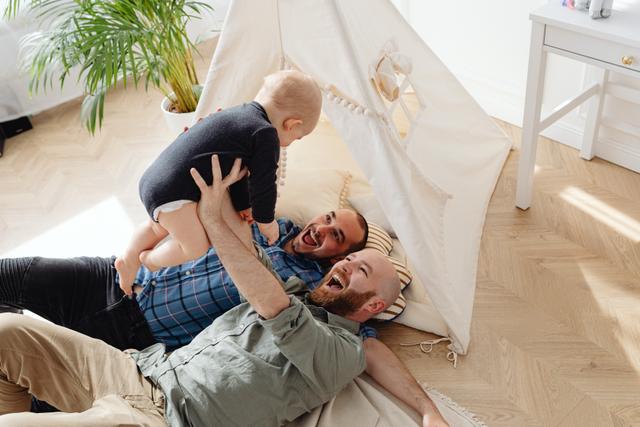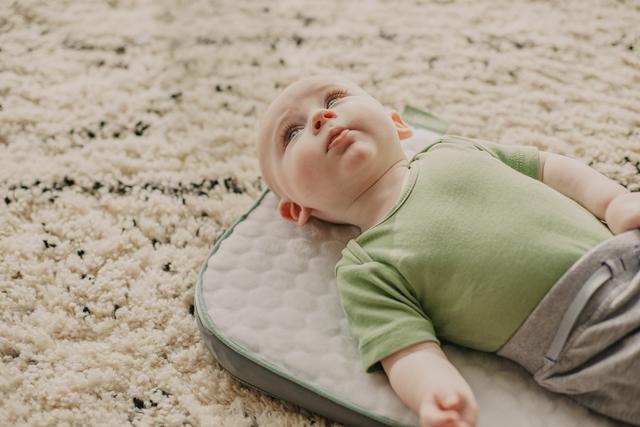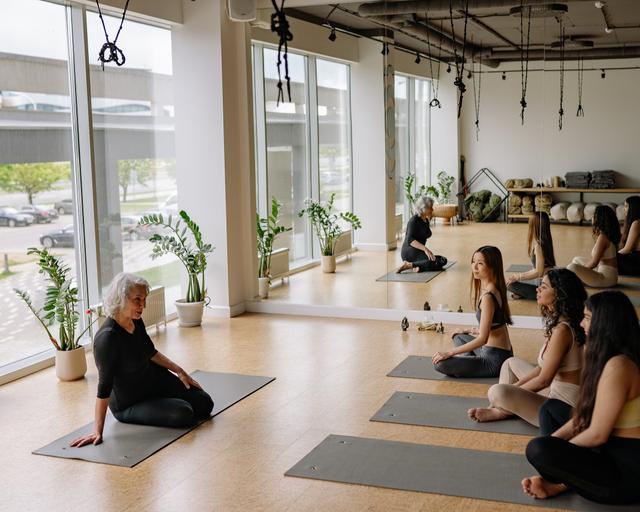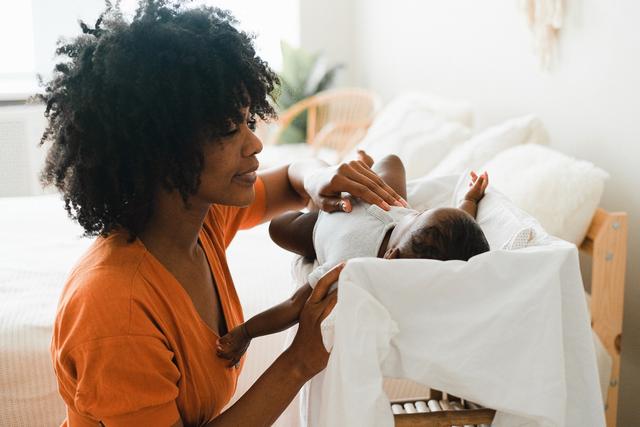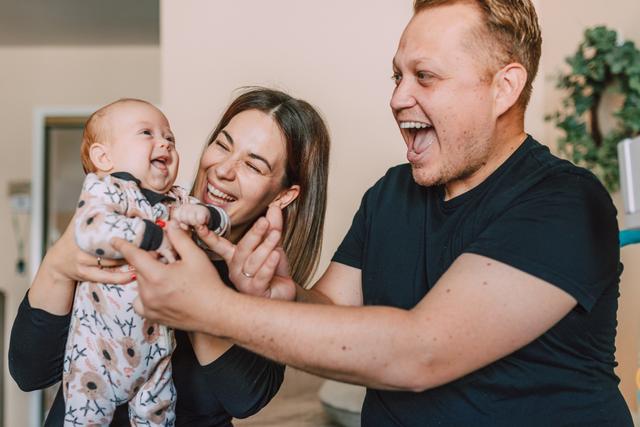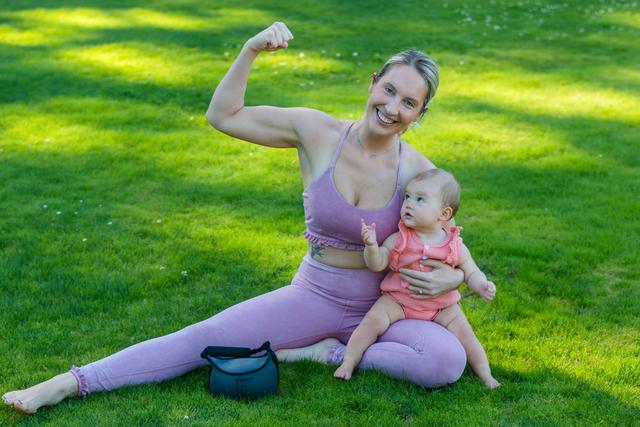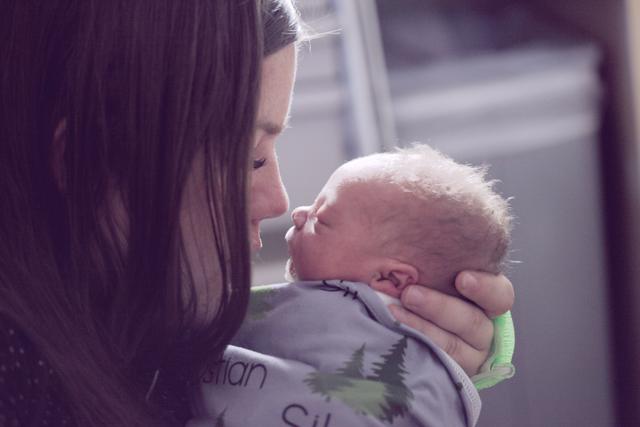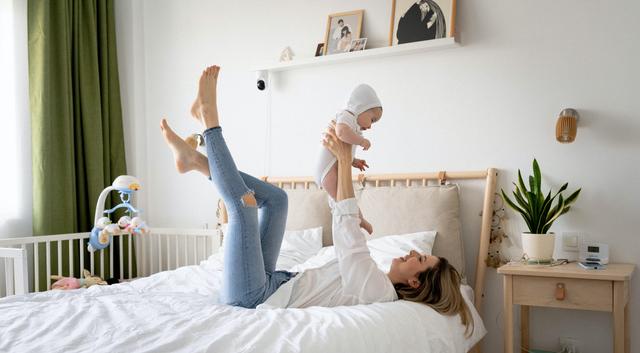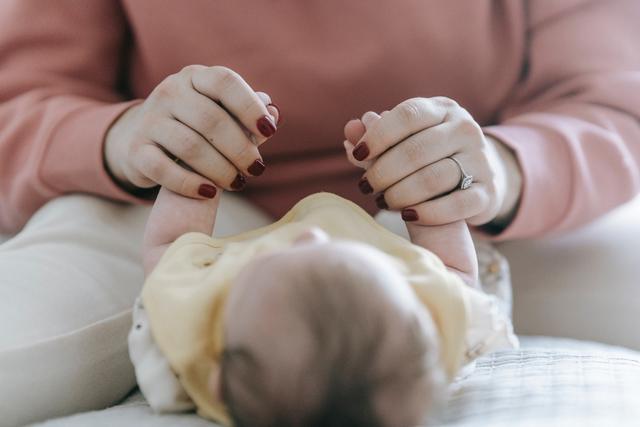Baby yoga Articles
Baby yoga For Kids In The UK
Baby yoga in the UK has evolved significantly since its introduction in the late 1970s. Initially brought to public attention by Angela Hanson, who was inspired by her travels in India and the teachings of Indian gurus, the practice has found a dedicated following among parents and guardians seeking to engage with their infants and toddlers through this gentle form of exercise. Baby yoga sessions typically incorporate mild stretching, poses adapted for tiny participants, and a nurturing environment that fosters close parent-child interactions.
Over the years, several key publications, like "Baby Yoga" by Jeanette Jacknin and "Baby Yoga for Dummies" by Jennifer Cluff, have contributed to broadening the knowledge and appeal of this practice. These resources have not only educated parents about the basics but have also highlighted how baby yoga can be integrated seamlessly into daily routines.
Today, baby yoga classes are a common offering in many community centres, health clubs, and private studios across the UK. Each session aims to provide a space where both parents and children can experience the serene and beneficial practice of yoga, tailored to the very specific needs and abilities of young children. The continuity of this practice from its inception to the present day underscores its valued place in the landscape of early childhood activities in the UK.
The Benefits of Baby yoga
Baby yoga, tailored for infants and young children, supports significant health benefits by enhancing physical, emotional, and developmental well-being. Physically, it aids in developing flexibility, strength, and coordination, establishing a foundation for good posture and body awareness. These sessions not only improve mobility and balance but also encourage healthier physical growth patterns from an early stage. Emotionally, baby yoga is an effective tool in reducing stress and anxiety in children, offering them a tranquil environment to enhance focus and concentration. This serene practice fosters a calming atmosphere, which can be especially beneficial in regulating young temperaments and nurturing mental health. Moreover, the classes enhance bonding, providing a unique opportunity for parents to connect deeply with their children through gentle touch and mutual interaction. Developmentally, the structured movements and postures in baby yoga stimulate critical motor skills and cognitive functions. These activities promote essential skills such as reaching, grasping, and crawling, and are also linked with accelerated language development. This holistic practice thus supports the comprehensive growth of children, making it a valuable addition to their routine.
FAQs
- What are the primary benefits of baby yoga for my child? Answer: Baby yoga offers numerous benefits including enhanced physical development such as improved flexibility, strength, and coordination. It promotes emotional wellbeing by reducing stress and anxiety, improving focus, and enhancing parent-child bonding. Additionally, it supports developmental milestones like motor skills and cognitive functions.
- At what age can my baby start attending baby yoga classes? Answer: Baby yoga is ideally suited for children from infancy up to the age of 5 or 6. It's a gentle form of exercise that can be adapted to suit the developmental stages of young children.
- Are there specific qualifications I should look for in a baby yoga instructor? Answer: Yes, it's important to choose an instructor who is specifically trained in baby yoga. Qualified instructors will understand the unique needs of infants and young children and can ensure the activities are safe and beneficial.
- How often should my child attend baby yoga sessions to see benefits? Answer: The frequency can vary depending on your child’s needs and your schedule, but many parents find that attending a session once or twice a week is beneficial. Consistency is key in seeing the developmental benefits of baby yoga.
- What are some tips for preparing my child for their first baby yoga class? Answer: Ensure your child is dressed in comfortable clothes and has had a light meal beforehand. Bring along their favourite blanket or toy for comfort, and try to maintain a calm and relaxed atmosphere to help your child feel secure and enjoy the session.
